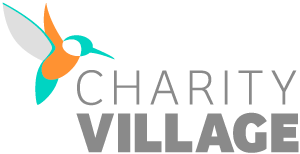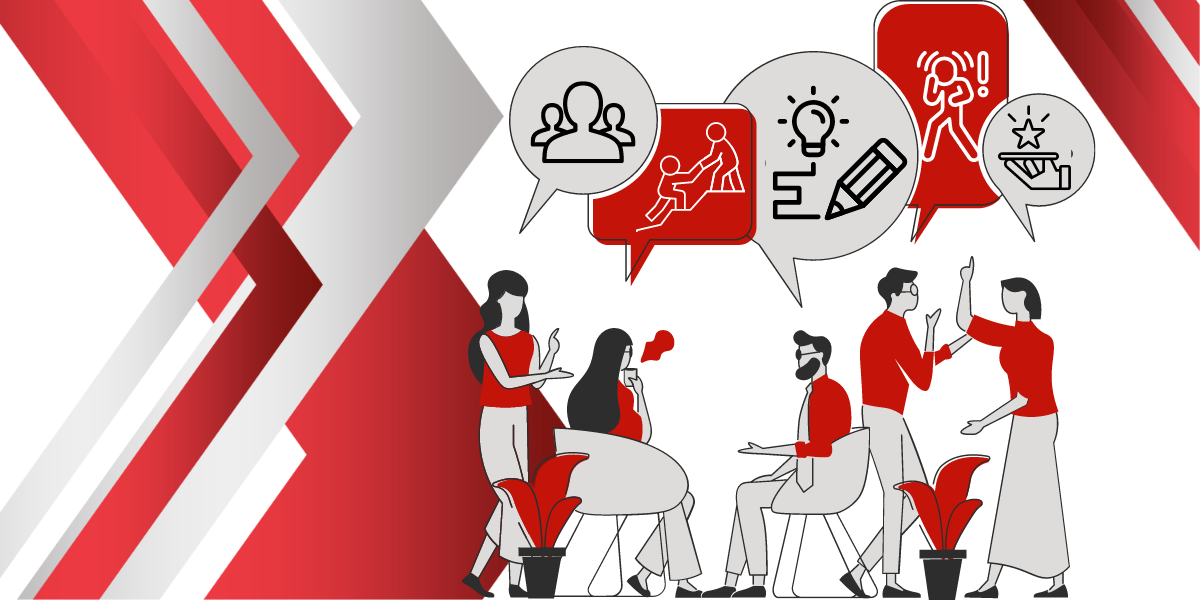In an ever-evolving landscape of social challenges, nonprofit and charitable organizations stand as beacons of hope and positive change. The impact you create is immense, and in order to maximize this impact, innovation and adaptability are key. But, how do you ensure your organization is innovative and remains adaptable? And with which activity should you start?
Enter user-centric design, a methodology that is applicable across industries because it places the people you serve – the beneficiaries – at the very core of your service development strategies.
In this article, we will delve into why adopting user-centric design is not just beneficial but essential for nonprofits and charities when crafting services and service delivery mechanisms. As well as what your organization can do today, to start your journey towards delivering bespoke solutions that tackle the real-world problems of your beneficiaries head-on.
Pioneering user-centric design
User-centric design, often referred to as human-centered design, is a philosophy that champions the art of crafting solutions by deeply understanding the end users. It involves actively engaging with beneficiaries throughout the design process to gain insights and create solutions that align closely with their needs. While commonly associated with the business realm, this approach has far-reaching implications for nonprofit and charitable organizations.
Tailoring solutions to unmet needs
The nonprofit and charitable sector addresses a diverse array of needs within their communities, and it’s imperative that the solutions are as varied as these challenges. Relying on a one-size-fits-all approach – even when servicing a well-defined audience – limits potential to make a meaningful impact. By embracing user-centric design, you gain the tools to tailor your services to specific beneficiary sub-segments. Whether you are empowering immigrants, providing education, or delivering healthcare, this approach allows you to create solutions that resonate with the lived experiences of your beneficiaries.
Elevating engagement and satisfaction
Engagement isn’t just a buzzword; it’s a driving force behind the success of any nonprofit initiative. When beneficiaries actively participate in the design process, they become co-creators rather than mere recipients. The services born from their input are not only more aligned with their experiences but also lead to heightened satisfaction levels. This involvement fosters a deeper connection between your organization and those you serve, setting the stage for long-term impact.
Maximizing resource efficiency
Nonprofits and charities often face resource constraints, emphasizing the importance of resource allocation efficiency. Traditional top-down approaches can result in the misallocation of resources on initiatives that fail to address true beneficiary needs. User-centric design offers a lens to prioritize endeavours that are rooted in direct beneficiary insights. This strategic approach ensures that resources are channeled where they can yield the maximum impact, reducing the risk of squandered efforts.
Fostering innovation
Innovation is a hallmark of success, whether in the corporate or nonprofit realm. By inviting beneficiaries into the design process, we tap into a wellspring of diverse perspectives that can spark creative solutions. Often, these beneficiaries present insights that spark novel ideas and unconventional approaches. Embracing user-centric design pushes us to question norms and explore uncharted territory, unlocking the potential for transformative change.
Building stronger donor relationships
In pursuit of meaningful change, donor support is pivotal. Donors are drawn to organizations that exhibit a clear understanding of the challenges they aim to address. User-centric design provides a platform to demonstrate your commitment to maximizing beneficiary outcomes. By employing this approach, you showcase transparency, dedication to results, and accountability—a trifecta that resonates deeply with potential funders.
Nurturing long-term sustainability
For nonprofit and charitable organizations, sustainability is often considered a prerequisite for lasting impact. Engaging beneficiaries in the design process fosters a sense of shared ownership and ongoing engagement. As you leverage user-centred design, you empower beneficiaries to shape the services they receive, and cultivate a vested interest in collective success. This involvement breeds sustained participation, ongoing feedback, and even voluntary contributions. The result is an organization equipped to adapt and thrive through the tests of time.
The call to action
In a world of dynamic challenges, nonprofits and charities cannot afford to remain stagnant. The beauty of user-centric design lies in its potential to elevate your services from well-intentioned initiatives to powerful, bespoke solutions that tackle real-world problems head-on. By placing beneficiaries at the heart of our design process, you unlock a treasure trove of insights, forge deeper connections, and drive sustainable change.
And the best news is, that you and your team can start your user-centric design journey today – for FREE, from virtually anywhere – leveraging the RISE Program.
Funded by Immigration, Refugee and Citizenship Canada (IRCC), RISE is a tailored innovation training program designed to help settlement service providers – and other nonprofit and charitable service providers – improve their services and service delivery. This self-guided program is designed to help you understand the needs of your clients and ensure that the services you are delivering meet those needs. You will use an iterative process to understand your users, challenge your assumptions, redefine problems and create innovative solutions that focus on end-users and their needs. The end-result being a pilot program for new service delivery systems and products, ready for implementation.
Learn more about the RISE Program and start your user-centric design journey here.
As you embrace user-centric design, you embark on a journey of innovation, resonance, and profound social impact. The individuals you serve are not just the recipients of aid; they are your partners in driving positive transformation. By designing with empathy and co-creation, you position your organization to achieve enduring success and collectively shape a brighter future for the communities you are dedicated to serving.







